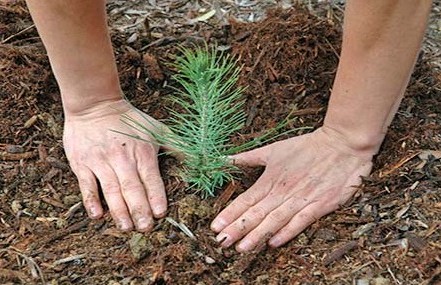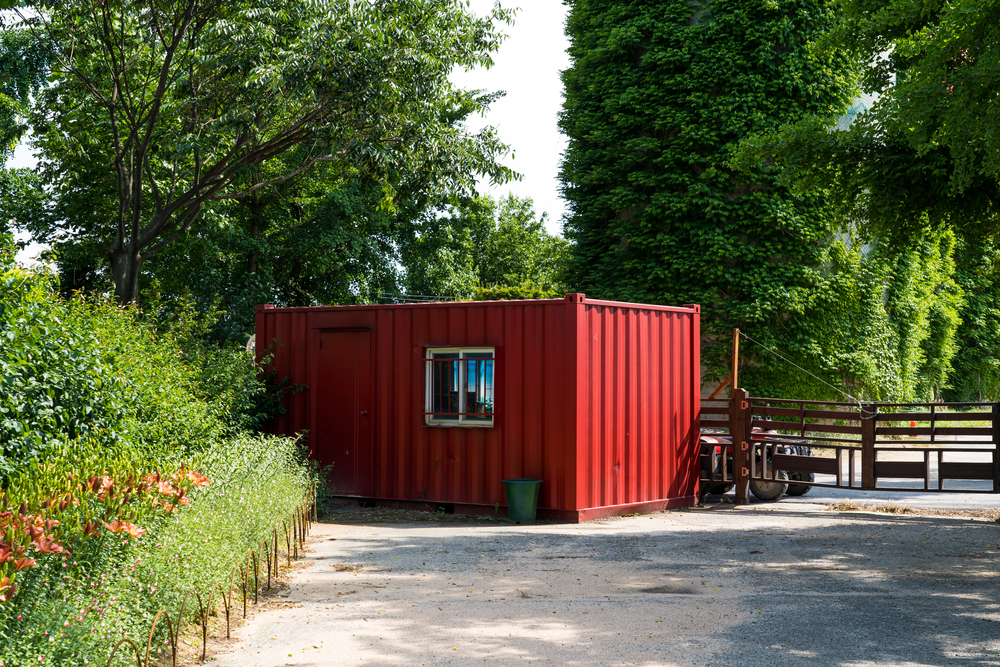Restoration of wetlands, wildlife habitats and other natural ecosystems is a job creator, not a job killer.
Our recent national survey, “Estimating the Size and Impact of the Ecological Restoration Economy,” has determined that the U.S. ecological restoration industry directly employs nearly 126,000 workers and generates approximately $9.5 billion in economic output (sales) annually.
Our research team, comprised of members from the University of North Carolina at Chapel Hill, Yale University, and a private equity firm, sought to measure the actual national-level economic and employment impacts resulting from environmental restoration, restoration-related conservation, and mitigation actions – the activities of the “Restoration Economy.”
Our team surveyed businesses that participate in restoration work in the United States. They found that these sales support an additional 95,000 jobs and $15 billion in economic output through indirect (business-to-business) linkages and increased household spending.
Even without considering all of the economic benefits of ecological restoration (such as improved water or air quality, aesthetics, or recreation opportunities), the ecological restoration industry has an annual overall economic impact of approximately $24.9 billion. Restoration generates approximately 221,000 jobs (through direct, indirect and induced effects). Both publicly and privately-induced restoration work was measured in the study.
The analysis indicates that restoration activity generates approximately $75,170 in output per job. While this figure is lower than some highly capital intensive industries like oil extraction and manufacturing, it is only slightly smaller than construction ($111,722) and is greater than retail ($58,836). The total output per full-time job gives a sense of the opportunity cost of the labor employed in restoration in comparison with sectors most impacted by land development regulations.
The authors estimated that this economic impact generates nearly $1.02 billion in yearly local and state taxes, and an additional $2.13 billion for federal coffers.
Counter-Narrative
Historically, in the United States, substantial attention has focused on the seemingly high costs of environmental regulations and public investments in ecological restoration.
Drawing particular scrutiny have been regulations or public programs that actually require ecosystem restoration, which are often designed to offset some of the environmental impacts of certain types of development, agricultural practices, or other human activities.
Recent debates, for instance, over important issues like domestic climate policy and the expansion of the US Clean Water Act have centered on the economic impacts of expanded restoration requirements. Several industry-sponsored reports suggest a strong negative impact on the national economy and on job production.
The negative narrative can impede the restoration of ecosystems that provide a vital services to people, including clean water and clean air. The public debate has occurred in the absence of empirical research on the positive economic impacts of restoration at the national level, and even a standard definition of what “restoration” means.
Ecosystem restoration has often been excluded from the accounting in other efforts to document a domestic “green economy.” The new survey provides a profile of the sector in terms of type of restoration work, industrial classification, workforce needs and growth potential.
More research is needed to understand the net effects of the Restoration Economy. In order to measure the positive impacts of ecological restoration activities, for example, we need more effective measurement of existing negative ecological impacts.











